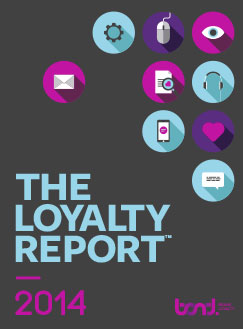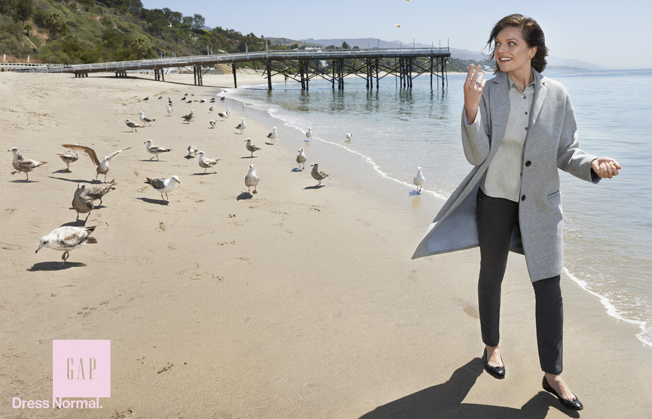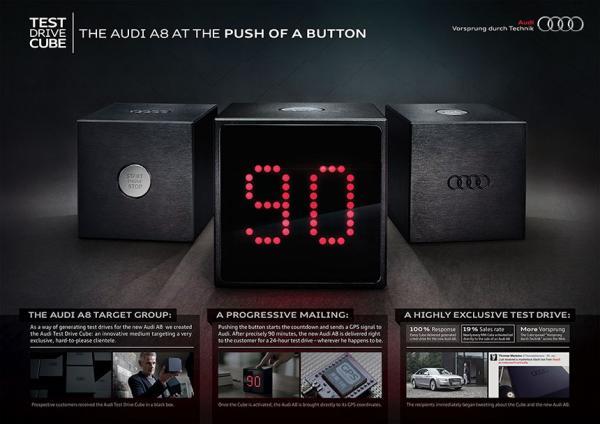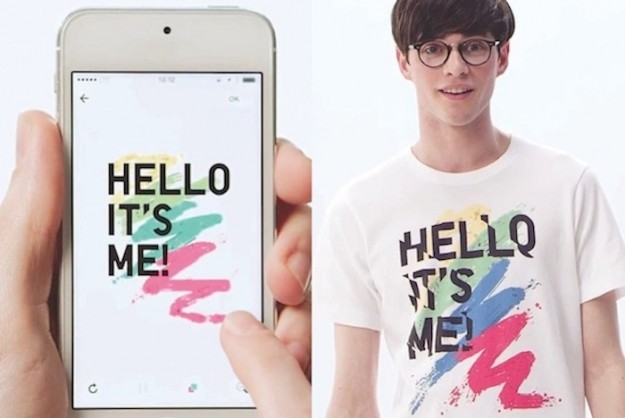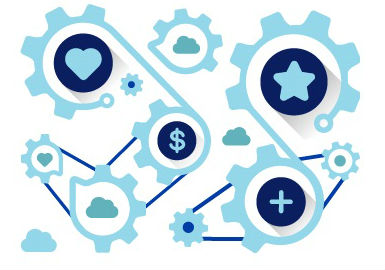Content Writer
Blog
Loyalty is a hot topic today for brands that are looking to differentiate themselves from the competition. But, many brands are unsure how to approach loyalty beyond a rewards card or timely discount. The Loyalty Report, which surveyed over 6,000 consumers on over 160 loyalty programs, captured key insights about consumer attitudes, behaviors and interactions with brands. Though the report is rich with insights and trends, here are the top 10 takeaways from the 2014 Loyalty Report.
While in high school my stepdaughter appeared stamped from a mold. She and her fellow clones would wear reassuring uniforms commonly accepted in the suburbs. American Eagle, Hollister, Lululemon, and Abercrombie & Fitch among others were accepted suppliers within her peer group. These girls also adopted the same hairstyle so when clustered together I would often fail the stepfather test of locating her in a crowd (she often used that to her advantage).
All of Marketing is caught up in #CannesLions —but what’s the celebration really about? When we say that ‘All Marketing is Loyalty’—we mean it. Every step in the loyalty lifecycle that begins with acquisition and *must* continue in the form of an ongoing relationship, are equally important. Brands who do well by their loyal customers, offering them new and innovative experiences, are more profitably succeeding - if those experiences are good, they will tell others for you. We see this ideal in the submissions for this year’s Direct Lions and we are offered a close up look at what triggers bonding with a brand beyond the monetary.
Increased mobile presence is one of the most important shifts in the brand loyalty market right now, other than millennials, which we’ll talk about later! In fact, 65% of Americans want to engage with their loyalty programs through their mobile device (2014 Loyalty Report).
As people interact with brands more intimately, we are seeing a hunger for personalization—a step away from mass production and a movement towards agency and relevancy. This desire for engagement supports the 4-Drive Model of human motivation approach to brand loyalty, with regards to the drives to create and to bond—both of which in turn foster a deeper emotional connection between consumer and brand.
Your organization has come to the conclusion that a brand loyalty program would provide a marketable differentiator and strategic advantage for your business and now it’s up to you to make it happen.
The first steps are to assess your in-house capabilities, determine the operating model you would like to move forward with and how figure out how much expertise you need to hire on. You definitely don't want to start from scratch!
Perhaps not the ones you were thinking of, rather it’s the likes you acknowledge every moment of the day: the car you eyed on the way to work, the way your barista translated your request into the perfect coffee, the phone in your hand as you glance away from this post or maybe it’s the sign on the building that reminds you why you come to work each day. The reality is that likes are a core part of what we do every day and what we like has a huge impact where we invest our time, energy and money.
Let’s begin with a difficult truth; it is increasingly difficult to differentiate yourself in the marketplace by product alone. Chances are, if you have a product that someone else makes just as well, a consumer could choose your product or your competitor’s and not make a bad decision either way.
You’ve designed a brand-aligned and customer relevant loyalty program. You’re excited about how the program will help you acquire, retain and engage customers in a long-term relationship. Now what? It’s time to turn your strategy into reality. How do you ensure that you’re successful? What important goals do you need to set? Who needs to be involved? After 15 years of successfully implementing and operating loyalty programs, I continue to rely on these 7 success factors.
Finally proof that the LIVE BRAND EXPERIENCE DOES MATTER! Yet, we aren’t doing anything about it!
This week I’m feeling the opposite of inspired. I feel frustrated, despondent and maybe even a little cranky. Why? Because everything I read points me to the same conclusion: that now is the time to take a broader and more strategic view of owned media with events as the cornerstone of that strategy. Yet, my frustration grows as I see little evidence of marketers actually being bold and brave enough to take on this challenge.
Here is the proof that the “human to human experience” grows brand value and that this is simply not reflected in how marketing budgets are spent.
